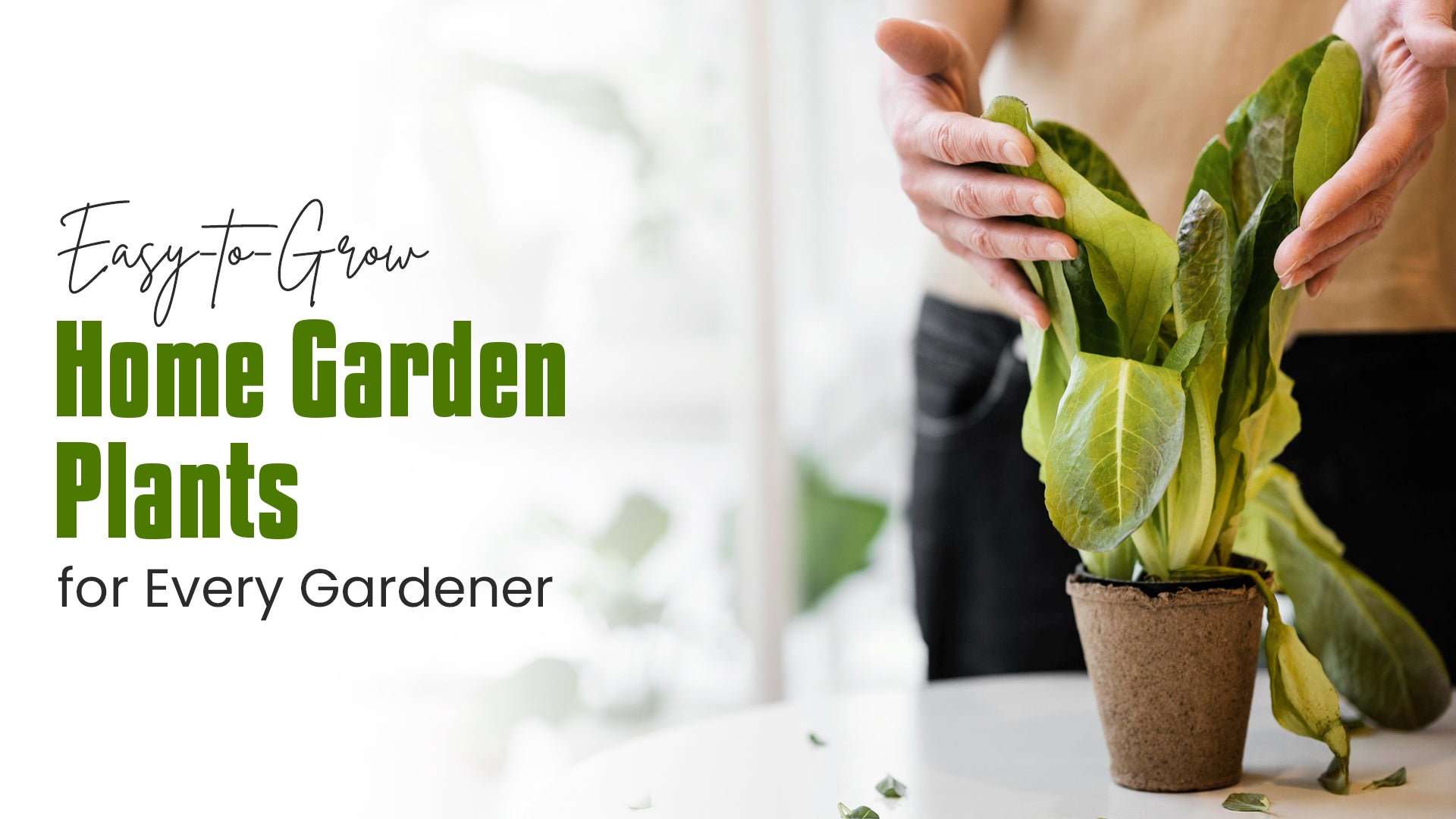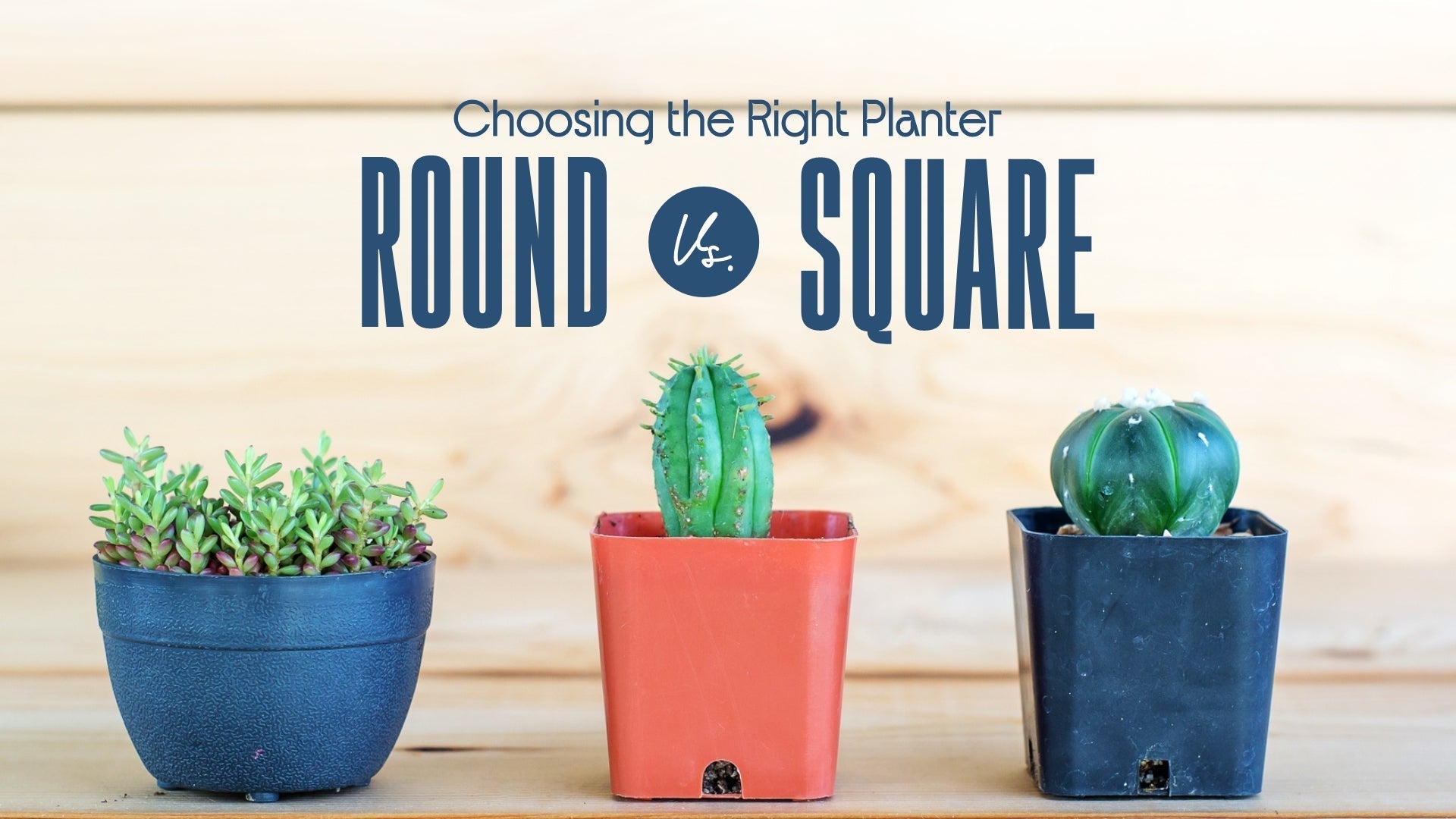
Monsoon Gardening Tips: How to Care for Plants in the Rainy Season
The monsoon season brings much-needed relief from the scorching heat and presents unique challenges for gardeners. With increased rainfall and humidity, it is essential to take extra precautions to ensure your plants thrive during this time.
By following these monsoon gardening tips, you can protect your plants from excess moisture, diseases, and pests and enjoy a bountiful harvest.
Preparing Your Garden for the Monsoon
- Soil Preparation and Drainage
Before the monsoon arrives, ensure your garden soil is well-prepared. Loosen the soil to improve drainage and prevent waterlogging. Add organic matter like compost or manure to enhance soil fertility and moisture retention.
- Choosing the Right Plants for the Monsoon
Select plants well-suited to the monsoon climate. Rainy season plants like water lilies, lotus, and taro thrive in moist conditions. Consider planting monsoon plants like okra, eggplant, and pumpkin, which are tolerant to heavy rainfall.
- Protecting Plants from Heavy Rainfall and Strong Winds
If you have young or delicate plants, consider providing them with temporary shelter from heavy rainfall and strong winds. Use plant covers or move potted plants to a sheltered location.
Watering and Drainage
- Adjusting Watering Schedules
During the monsoon, reduce the frequency of watering your plants. The excess rainfall will provide sufficient moisture. However, the soil's moisture levels and water are monitored only when the top inch of soil feels dry.
- Ensuring Proper Drainage
Avoid overwatering, as it can lead to root rot. Ensure your garden has adequate drainage to prevent waterlogging. Consider creating raised beds or planting on slopes to improve drainage.
- Managing Waterlogged Areas
If you have waterlogged areas in your garden, take steps to improve drainage. You can install a French drain, dig trenches, or add sand to the soil to increase its permeability.
Fertilizing and Pest Control
- Nutrient Requirements During the Monsoon
While the monsoon brings abundant moisture, your plants still require essential nutrients. Fertilize your plants with a balanced fertilizer that is suitable for the monsoon season. Organic fertilizers like compost tea or worm castings are excellent options.
- Common Pests and Diseases During the Rainy Season
Be vigilant for common pests and diseases that thrive in humid conditions. Watch out for snails, slugs, aphids, and fungal diseases like powdery mildew and rust.
- Natural Pest Control Methods
Opt for natural pest control methods to minimize the impact on beneficial insects and the environment. Neem oil, insecticidal soap, and companion planting can be effective strategies.
Pruning and Maintenance
- Pruning Techniques to Promote Growth and Health
Prune your plants regularly to remove dead or damaged branches and promote healthy growth. Avoid heavy pruning during the monsoon, as it can weaken the plants.
- Removing Dead or Damaged Parts
Regularly inspect your plants for signs of disease or damage. Remove any affected parts promptly to prevent the spread of problems.
- Weeding and Mulching
Keep your garden weed-free to reduce competition for nutrients and moisture. Mulching around your plants can help retain soil moisture, suppress weeds, and protect against soil erosion.
Harvesting and Storage
- Harvesting Produce During the Monsoon
Enjoy the fruits of your labor by harvesting your produce during the monsoon. Pick fruits and vegetables at their peak ripeness to ensure optimal flavor and quality.
- Proper Storage Methods to Maintain Freshness
Store harvested produce in a cool, dry place to prolong its shelf life. Some fruits and vegetables may require specific storage conditions, such as refrigeration or wrapping in paper.
Additional Tips for Monsoon Gardening
- Indoor Gardening During Heavy Rainfall
If you have potted plants, consider moving them indoors during heavy rainfall to protect them from excessive moisture.
- Protecting Potted Plants from Excessive Moisture
Ensure that your potted plants have adequate drainage to prevent root rot. Use a well-draining potting mix and avoid overwatering.
- Collecting Rainwater for Gardening Purposes
Harness the power of rainwater by collecting it in rain barrels or cisterns. This can help conserve water and provide a natural source of moisture for your garden.
Monsoon Gardening
Monsoon gardening can be a rewarding experience, but it requires careful planning and attention. By following these tips, you can create a thriving garden that flourishes during the rainy season. Enjoy the beauty of nature and the delicious produce that your garden has to offer.
Frequently Asked Questions
1.How to take care of plants in monsoon?
- Drainage: Ensure proper drainage to prevent root rot. Use a well-draining potting mix for container plants.
- Fertilizing: Fertilize your plants with a balanced fertilizer during the monsoon.
- Pest Control: Be vigilant for pests and diseases that thrive in humid conditions. Use natural pest control methods.
- Pruning: Prune your plants regularly to remove dead or damaged parts and promote healthy growth.
- Mulching: Mulch around your plants to retain soil moisture, suppress weeds, and protect against soil erosion.
2.What can you grow in monsoon?
- Vegetables: Okra, eggplant, pumpkin, spinach, and mustard greens.
- Herbs: Basil, coriander, mint, and curry leaves.
- Flowers: Water lilies, lotus, marigolds, and zinnias.
- Trees: Mango, guava, and jackfruit.
3.Which plant is best in the rainy season?
- Water-loving plants: Water lilies, lotus, and taro.
- Monsoon-tolerant plants: Okra, eggplant, and pumpkin.
- Fast-growing plants: Spinach, mustard greens, and coriander.
4.Should we water plants in the monsoon?
- Reduced watering: The monsoon brings ample rainfall, so reduce the watering frequency.
- Monitor soil moisture: Check the soil moisture before watering. Water only when the top inch of soil feels dry.
- Avoid overwatering: Excess moisture can lead to root rot. Ensure proper drainage.





